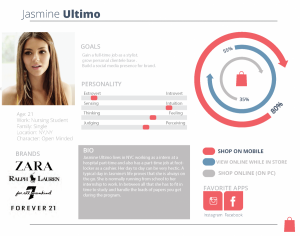Understanding Scenarios
A scenario is a “day in the life of” one of your personas. It should include both the persona’s daily working tasks as well as how your app or website fits into their lives.
Writing a scenario is as simple as taking your research and extrapolating from it to document the tasks that your persona’s perform when using your product.
A step by step guide to scenario mapping
http://www.uxforthemasses.com/scenario-mapping/
Using Scenarios
https://uxthink.wordpress.com/2010/11/30/using_scenarios/
Usability.gov—Scenarios
http://www.usability.gov/how-to-and-tools/methods/scenarios.html
UIAccess.com—Example Scenarios
http://www.uiaccess.com/accessucd/scenarios_eg.html





